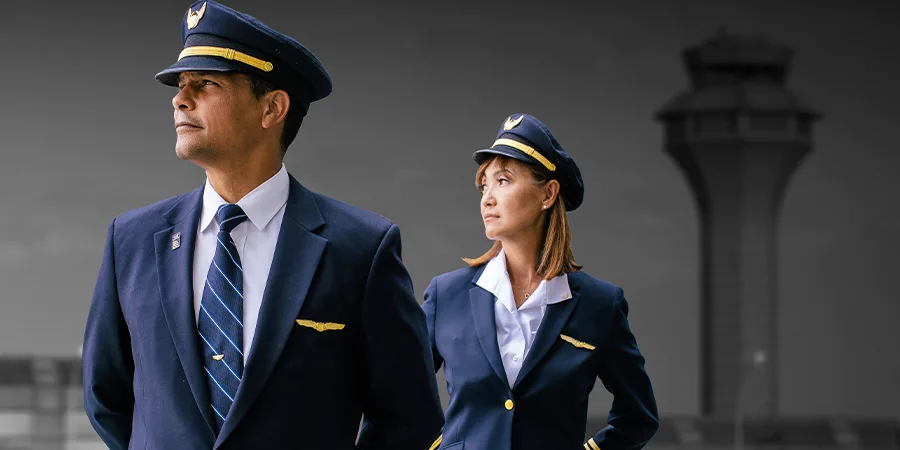
America’s Air Traffic Control System Is Long Overdue for an Upgrade
Outdated tech is straining America’s airspace system. Congress must act now.
The latest: Recent system outages at the Newark Liberty International Airport and other locations underscore the urgent need to modernize the nation’s aging air traffic control (ATC) system.
The challenge: Airline travel remains the safest mode of transportation. However, the lack of updated technology, paired with an air traffic controller shortage, is creating headaches for passengers and cargo shippers alike during a period of record demand.
Why it matters: Pilots, air traffic controllers, and ATC system technicians work hand-in-hand as partners in safety, each playing a vital role in managing the complexity of the National Airspace System (NAS) and ensuring passengers and cargo move safely and efficiently.
The problem: The current ATC system relies on aging facilities and outdated technologies like paper-based flight progress strips, copper wire and computer floppy disks. These systems are costly to maintain and increasingly unreliable.
What’s needed: Congress must invest in new, modern technologies that will sustain and enhance air safety.
The bottom line: The cost of doing nothing is far too great. Congress must take immediate, bipartisan action to make America’s air traffic control system the safest in the world.
“From pilots who navigate these skies daily, our message is unequivocal: Now is the time for immediate, decisive action, with a steadfast commitment to safeguard and enhance aviation’s safety and efficiency.” ALPA President Capt. Jason Ambrosi